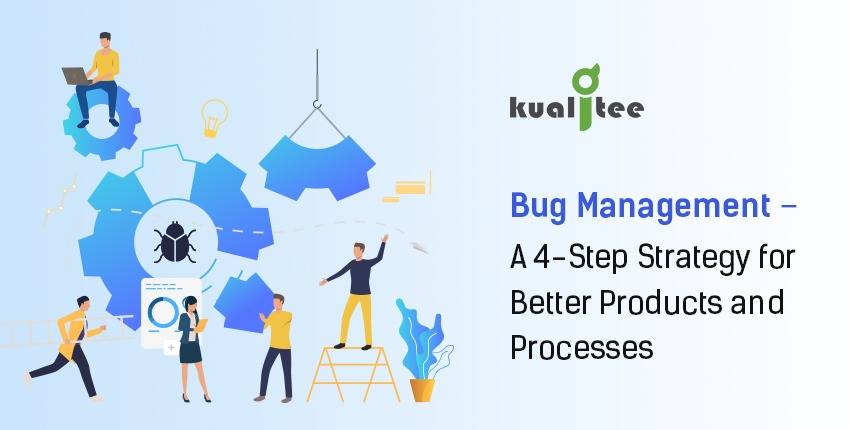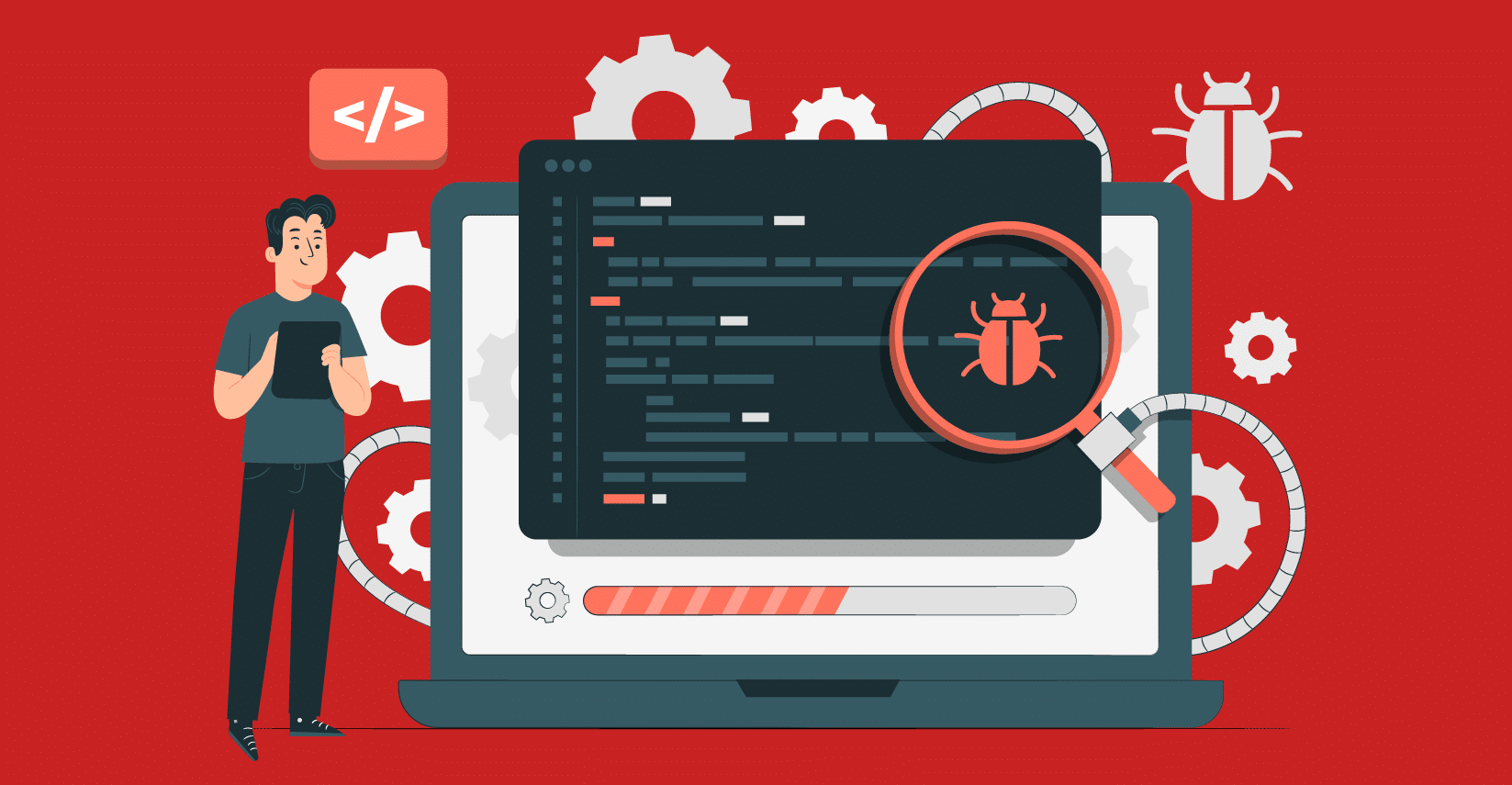Bugs are an inevitable and unavoidable part of every software application out there. Prevention is always better than a cure, but unless we reach perfection in this regard, we have to rely on sufficient steps and bug management tools to manage bugs efficiently. Bug management should be considered as a priority. Not only does it affect the culture within your teams, but it also affects customer satisfaction and business as a whole. In this article, we provide five steps to assess where you are today with defect management, identify any gaps, and move closer to the goal of zero defects.
Step 1: Bug Visibility
Bug management requires clear visibility of defects discovered across products and teams to understand what decisions are being made and how these decisions impact all the other efforts to finish the product. Factors requiring clear visibility are costs, quality, features, and time. These factors play a crucial role in defining the success of new process development.
It’s essential to have an understood and accepted process for bug management and standard bug management tools for all bugs across the products and teams. The solution could be as simple as a shared Excel workbook for brand new startups to an enterprise relational database built with defect management best practices in mind.
Key takeaway: Use a standard, accessible, single system, or place for all teams to access and use.
Step 2: Bug Prioritization
Once we have ensured clear visibility, we now move to prioritization. Collecting data for data’s sake is of no use at all. In fact, all it does is distract you from what matters most to the noise of endless data. Data that does not show value reduces your team’s willingness to complete the defect process, remain engaged, and be accurate. Therefore, the quality of data is crucial for team participation.
Capturing the right information is vital to prioritize defects. Bugs should be prioritized according to their severity, which can be gauged by the relevant information provided in fields such as risk level, cost level, who uncovered defects, classification, etc.
Key takeaway: Capture the right information at the right time considering quality, accuracy, ease of update, and purpose of the data.
Step 3: Bug Resolution
We’re now coming towards the business end of the bug management process, the execution. Now that we have visibility and accurate, high-quality data, we have opportunities to timely make educated decisions faster and earlier in the process. Fixing bugs more prior in the process saves both time and costs substantially as compared to fixing them later.
Action requires team collaboration, assignment tracking, and closure. Bug management tools from step 2 ensure the resolution becomes part of the quality data captured. These tools also support friendly features such as social chat type interfaces, email notifications, and smooth filtering for effective communication among teams as well as pinpointing the defects that matter.
Key takeaway: Your process and system should provide fast, team collaborative steps to resolve defects with the capture of discussion and resolutions.
Step 4: Bug Analysis
Once you’re done with all the above steps, you now come down to the last one, the analysis. It’s a process that considers both inputs about individual defects as well as looks across defects by classifications, product lines, revision history, dedicated teams, and more. Defect analysis moves teams closer to that nirvana goal of zero defects.
Defect prevention requires collecting all that critical defect data and corrective action implementation (Steps 1-3). Once collected, you want lessons learned shared within a framework that includes root cause analysis after the resolution, consideration of possible future actions, and modifications in teams, processes, and products to prevent future defects. Reviews – self and peer – can be powerful learning tools and motivators. Having a system that supports the capture of the defect analysis process for sharing and historical traceability is a requirement in driving to zero defects.
Key takeaway: Make defect analysis a priority for future product development success.
Step 5: Continuous Monitoring and Iterative Improvement
The bug management process should not end with resolving defects. A key aspect is the constant monitoring and iterative enhancement of the bug management strategy. Continuous monitoring aids in the long-term effectiveness of defect prevention by analyzing trends, the efficacy of implemented solutions, and the impact of process modifications on overall bug reduction.
Additionally, a cyclical approach to improvement ensures that teams evaluate the efficacy of bug management systems periodically. It involves assessing the root causes of persisting bugs, aligning teams with corrective actions, revising and refining processes, and reassessing tools and technologies used for managing bugs.
Key Takeaway: Adopt a culture of continual evaluation and adaptation to sustain bug management efficiency over time.
Conclusion
Navigating the extensive landscape of bug management can sometimes feel like traversing a complex maze. Rather than spreading efforts across every conceivable aspect, conserving time and energy through strategic planning is crucial. It’s essential to establish a deliberate and structured approach before delving into bug management to ensure its efficacy.
The article provides a comprehensive 5-step strategy that is designed to reinforce and fortify your bug management process. This strategic guide aims to emphasize vital objectives and practical strategies. By prioritizing specific areas, it enables a more focused and streamlined approach, allowing your bug management efforts to yield more meaningful and impactful results. These steps are intricately structured to ensure a purposeful and organized bug management strategy, empowering you to handle issues in a more systematic and purposeful manner.


























